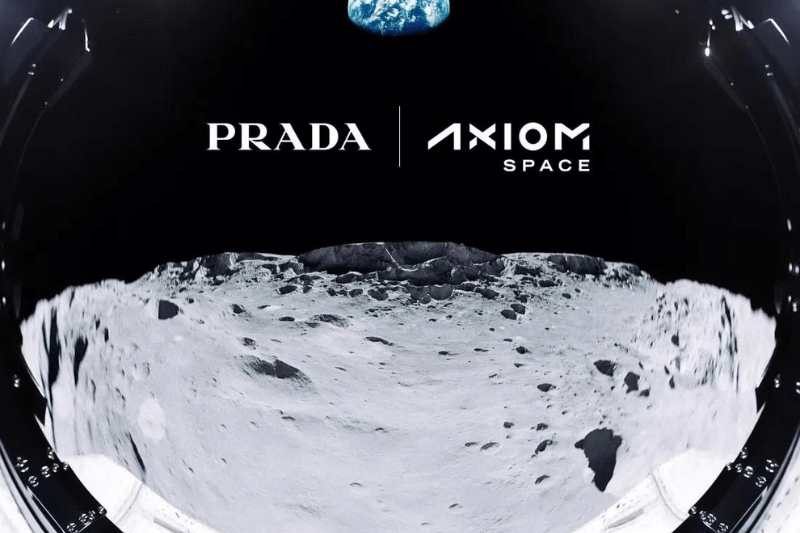
NASA’s Artemis III Moon Mission To Feature Prada Designs – All You Need To Know
NASA astronauts will be flying in style, with Italian fashion house Prada working to design spacesuits for the 2025 Moon mission alongside Texas-based Axiom Space.
While Axiom noted Prada would bring expertise with materials and manufacturing to the project, one astronaut said he thought the luxury fashion designer was up to the challenge.
Prada’s considerable experience has been built not only on the catwalks of Milan but also through its involvement in the America’s Cup sailing competition.
Prada May Actually Make Some Real Technical Contributions
According to American astronaut Jeffrey Hoffman, Prada “may actually be able to make some real technical contributions to the outer layers of the new spacesuit.”
But he said people should not expect to see astronauts in “paisley spacesuits or any fancy patterns … Maintaining a good thermal environment is really the critical thing.”
“A spacesuit is really like a miniature spacecraft. It has to provide pressure, oxygen, keep you at a reasonable temperature,” Hoffman further mentioned.
Keep Reading
First Woman And Black Man On Lunar Mission
Artemis III will be NASA’s first crewed lunar mission since its Apollo 17 trip in 1972. In Greek mythology, Artemis was the twin sister of Apollo.
The Moon mission, featuring the Prada designs, will follow Artemis II, which will involve flying a capsule around the celestial body late next year or early in 2025.
Artemis II will have the first woman and the first person of colour ever assigned to a lunar mission. They will be joined by one Canadian and a US citizen.
Artemis I Allowed Engineers To Assess Readiness Of Hardware
The quartet won’t land on the Moon but their mission will pave the way for a touchdown by a subsequent crew. They have begun a period of intense training to get themselves ready.
Last year, NASA tested its next-generation Moon rocket, called the Space Launch System, and its associated crew capsule, known as Orion.
This Artemis I mission left Earth on a 25-day excursion around the Moon without anyone on board. This allowed engineers to determine the readiness of the hardware.




